The DMR Flat4 pedal has removable tread plate sections, allowing you to customise each side and adjust the level of grip. Additional options like removable pins can be purchased, providing further flexibility to suit different riding styles and bikes. However, the pedals are narrow, affecting their overall support and positioning among the best MTB flat pedal hierarchy.
- Deity Deftrap flat pedal review
- PNW Components Range Composite pedal review
- Best MTB flat pedals - all the best options reviewed
DMR Flat4 pedals – Technical details
The pedal's body is constructed from diecast aluminium and is mounted on a 4130 Chromoly steel spindle. The axle spins on DU bushings and cartridge bearings, with replacement kits available from DMR for £18.
The pedals come with tread plates and reflectors on both sides. A pin kit, priced at £15, can replace the tread plate sections, offering further customisation. Each side of the pedal is interchangeable, enabling dual-sided functionality, which may be advantageous for riders using the same bike for different types of riding.
The tread plates are secured with T10 bolts and, should you wish to use pins in their place, they use the same threads. The reflectors can be removed entirely and left in place when using tread plates or when used together with the pins.
There is no option for a 15mm pedal spanner. Instead, it relies on a 6mm Allen key, which should suffice for most riders.
Measuring 100 x 92mm with a 22mm profile, the Flat4 pedal is similar in length to other off-road pedals, but lacking in width, taking the DMR V11 as an example, which measures 105 x 105mm. The pedals weighed 486g, with a claimed weight of 460g for the pair.
DMR Flat4 pedals – Performance
How the performance of the DMR Flat4 pedals is rated largely depends on your intended use and expectations. If you plan to ride off-road or have larger feet, the pedals may feel narrow, especially if you’re accustomed to using wider flat pedals. Although the slightly concave shape is a welcomed feature, I found the limited width restrictive – even for general riding. The narrower size may still be advantageous in certain situations, such as when taking a bike on public transport and storage, where space is often at a premium.
The grip provided by the tread plates is adequate, but far from exceptional. It falls between the basic plastic pedals often supplied with new bikes and more specialised MTB pedals equipped with pins. In wet weather, the grip seems marginally better than a basic plastic pedal, and when wearing normal footwear/trainers the four pins are tall enough to offer some extra purchase.
I tested the Flat4 pedals on the Cairn Brave, which I use for commuting, cargo trips, and general transport, mostly on roads and lanes. Having switched from a set of Race Face Chester pedals, (small size measuring 105 x 110mm), a relatively low-price flat option that features nine metal replaceable pins per side, I noticed a decrease in grip and traction on rougher roads with the Flat4 pedals but, while they are only 13mm narrower, it was the reduction in width that was the bigger factor.
On the positive side, the pedals spin smoothly on the bearings and have maintained this performance throughout testing, even in various weather conditions. Replacement bushing and bearing kits are available, so servicing is possible. However, the replacement kits cost nearly a third of the price of the pedals themselves.
DMR Flat4 pedals – Verdict
If you want pedals that can be used for dual purposes and are certain that a clip-in style is not what you want, the Flat4 is worth a look. That said, there are plenty of single-sided clip-in pedals that might have a better mix of performance and comfort, such as the Shimano PD-EH500.
At £60, the Flat4 pedals are not cheap, and, to make them truly dual-purpose, the pins are needed, bringing the total up to £75. If DMR had included these as standard it would make a difference and create a more versatile option.
The Flat4 seemed perfect for my riding style but the narrow platform became the biggest drawback. That said, they won’t be unsuitable for everyone. For riders seeking a flat pedal for urban riding, the Flat4 is a significant improvement over the standard pedals found on new bikes, offering decent bearings and a sturdy aluminium body. While many cheaper pedals provide better grip, a wider surface, and replaceable pins, the Flat4 stands out with its unique ability to customise each side and retain reflectors, which could be particularly beneficial for urban riding.





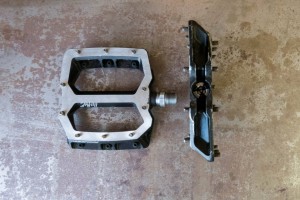

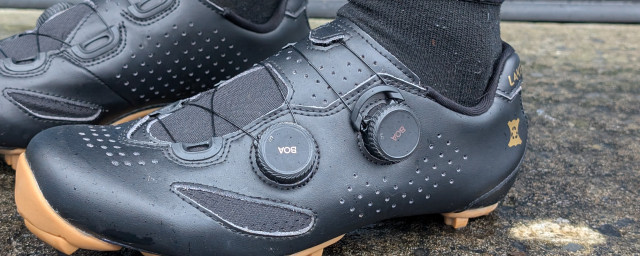
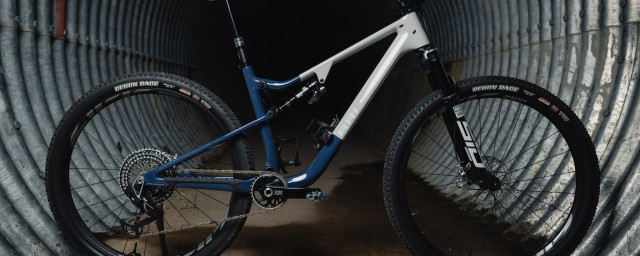
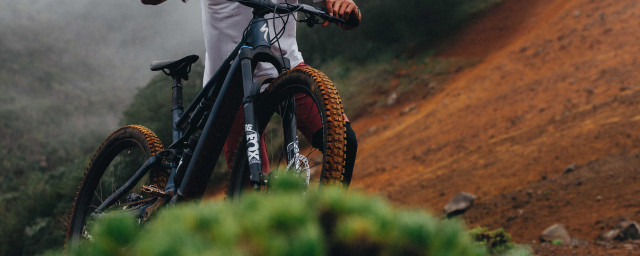

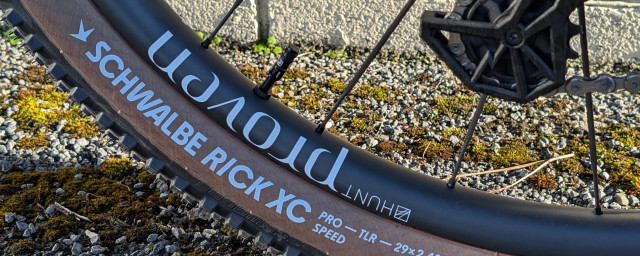
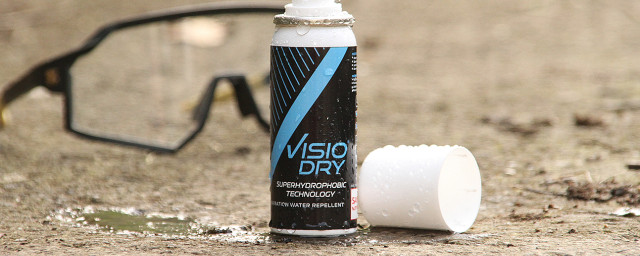
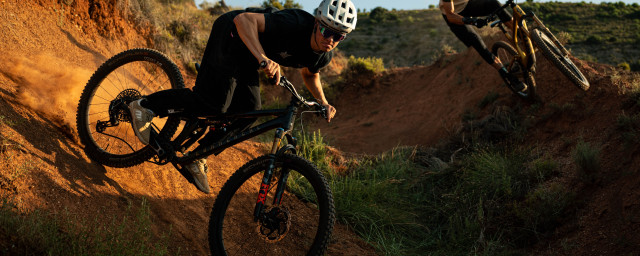

Add comment